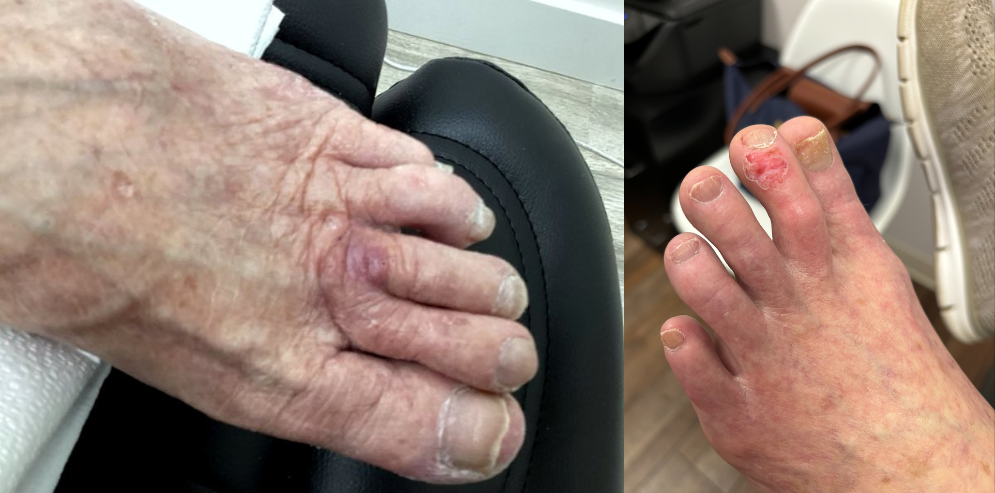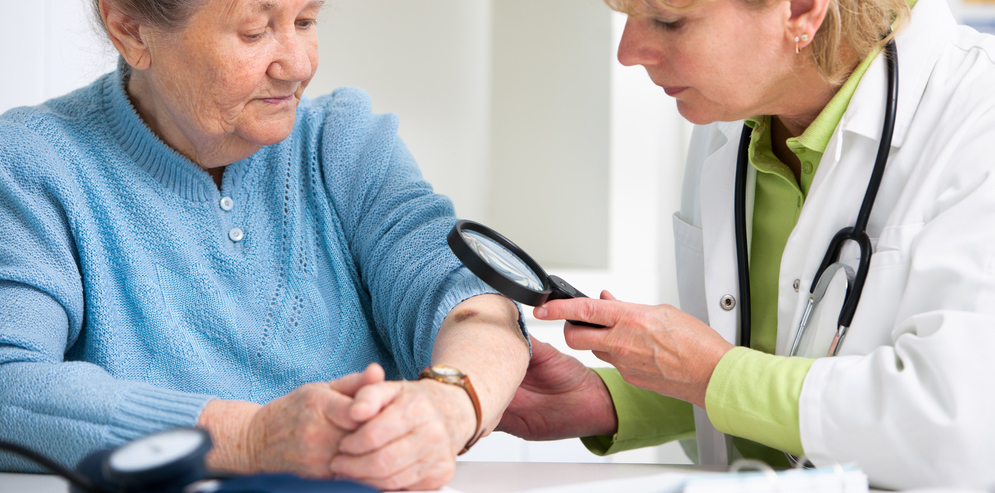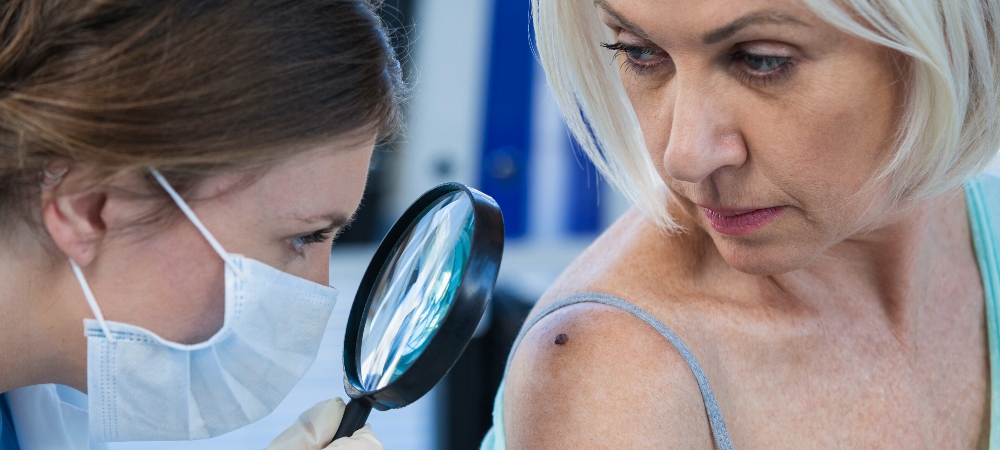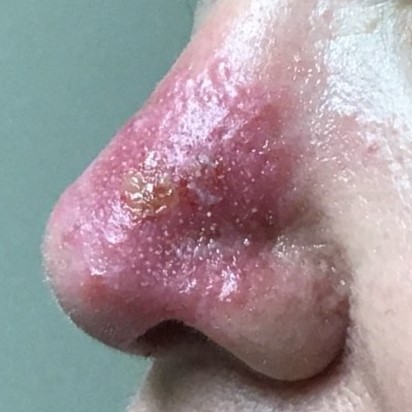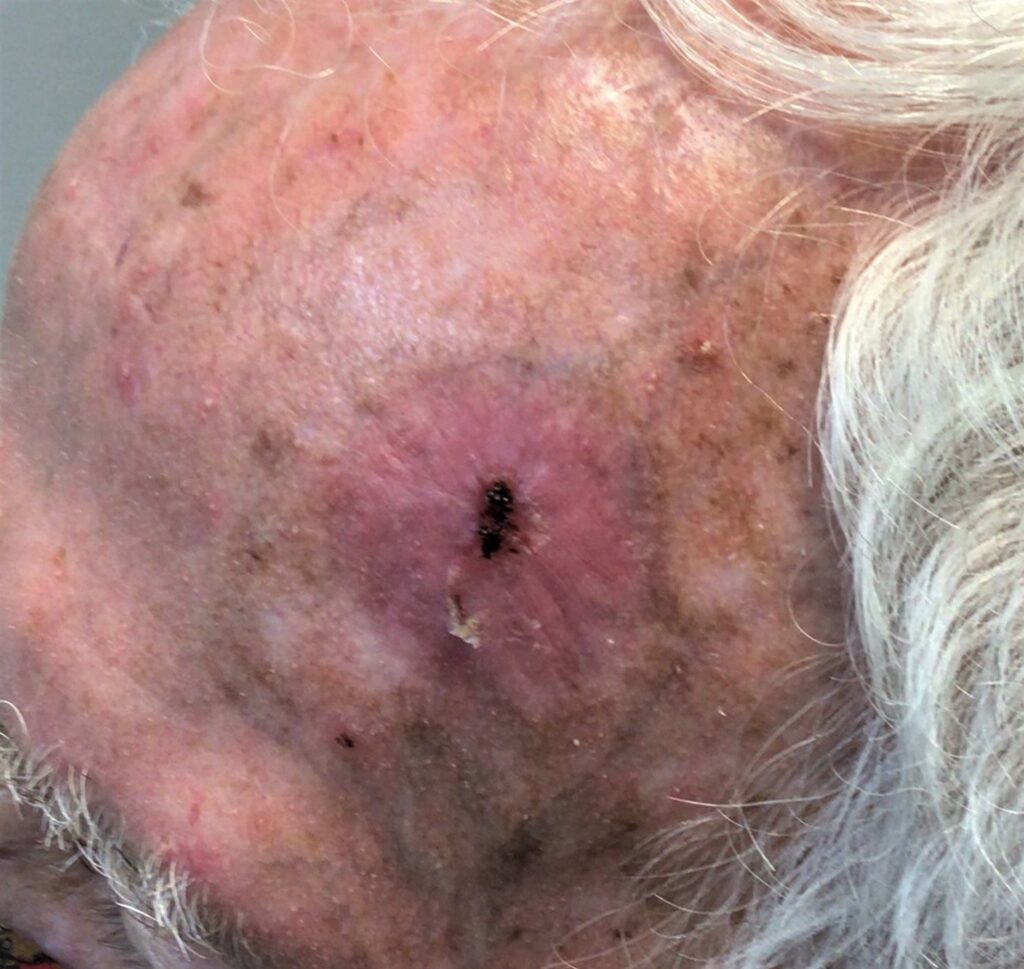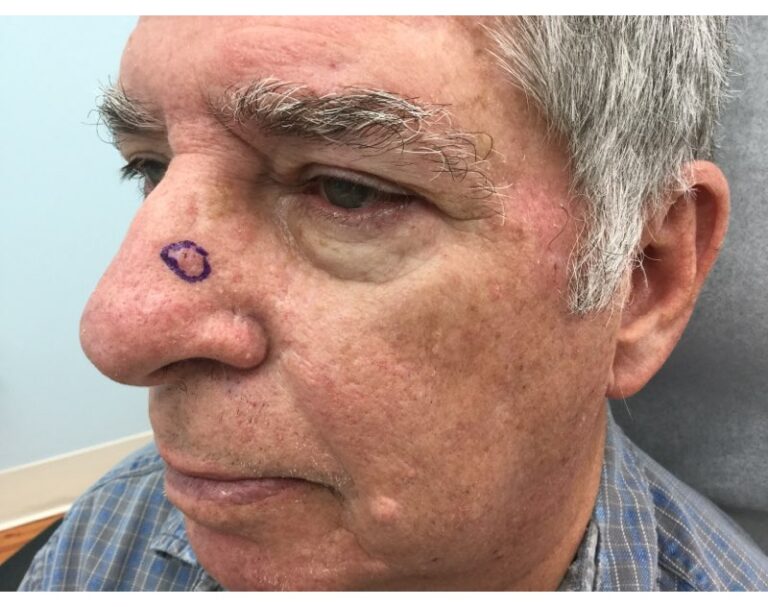
Actinic keratosis is a precancerous growth that can develop into skin cancer if left untreated—but what is actinic keratosis, exactly? How can you identify the symptoms and respond accordingly—or prevent actinic keratosis from forming in the first place? Limiting your skin’s exposure to ultraviolet rays and sunlight is a great first step, and we can help you learn more about actinic keratosis prevention today.
Actinic Keratosis Symptoms
Although actinic keratosis may or may not develop into squamous cell skin cancer, the symptoms that it presents are similar to those associated with this common form of the disease. Actinic keratosis symptoms most commonly include:
- A flat or elevated patch/bump on the skin’s surface, or a hard, wart-like growth
- A patch of skin that may feel rough, dry, itchy, or scaly
- Color that varies from the rest of your skin, taking on pink, red, or brown tones
- An area of the skin that burns, bleeds, itches, or crusts over without healing
Actinic keratosis most commonly appears on the sun-exposed areas of the skin, especially including the head, neck, hands, and forearms.
Any unexplained changes in your skin should be investigated by a doctor at the earliest opportunity. Many skin conditions can initially present with similar symptoms, and acting quickly can lead to much better outcomes.
Actinic Keratosis Risk Factors & Prevention
Actinic keratosis risk factors are similar to those associated with other types of skin conditions caused by overexposure to ultraviolet light. You may be at increased risk for actinic keratosis if you:
- Are more than 40 years old.
- Have had many sunburns.
- Have been exposed to significant UV light through tanning beds
- Have been exposed to excess sunlight, either by living in a sunny place or working outdoors.
- Have a fair complexion, blond or red hair, and light-colored (blue or green) eyes.
Actinic keratosis prevention methods will likewise be familiar to anyone who knows how to protect themself against skin cancer. In order to limit your risk for actinic keratosis, take these steps:
- Avoid tanning beds and other sources of ultraviolet light.
- Don’t spend too much time in the sun, and wear protective clothing/wide-brim hats whenever possible.
- Always apply sunscreen on days when you’ll be spending time outdoors. Use SPF 30 or higher, and apply protection at least 15 minutes before you step out the door.
In roughly 5 to 10% of cases, actinic keratosis develops into squamous cell skin cancer—a very common form of skin cancer that is usually slow growing. For this reason—and much like Bowen’s disease—actinic keratosis can be properly described as a type of precancerous growth.
For Squamous Cell Skin Cancer, Consider Image-Guided SRT
Image-Guided SRT is a highly effective surgery-free treatment for squamous cell skin cancer. If your actinic keratosis becomes cancerous, ask your doctor if Image-Guided SRT is right for you. We can also help you learn more about how it works today.
